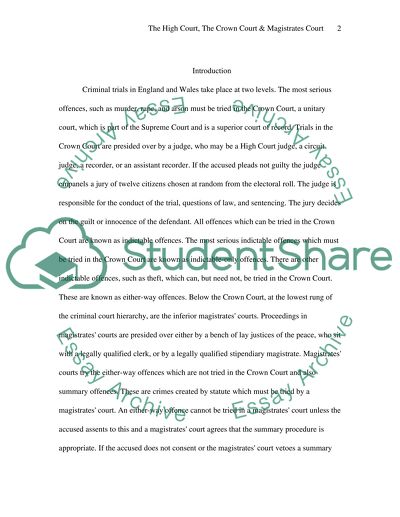Cite this document
(“The High Court, The Crown Court & Magistrates Court Essay”, n.d.)
Retrieved from https://studentshare.org/miscellaneous/1510855-the-high-court-the-crown-court-magistrates-court
Retrieved from https://studentshare.org/miscellaneous/1510855-the-high-court-the-crown-court-magistrates-court
(The High Court, The Crown Court & Magistrates Court Essay)
https://studentshare.org/miscellaneous/1510855-the-high-court-the-crown-court-magistrates-court.
https://studentshare.org/miscellaneous/1510855-the-high-court-the-crown-court-magistrates-court.
“The High Court, The Crown Court & Magistrates Court Essay”, n.d. https://studentshare.org/miscellaneous/1510855-the-high-court-the-crown-court-magistrates-court.


